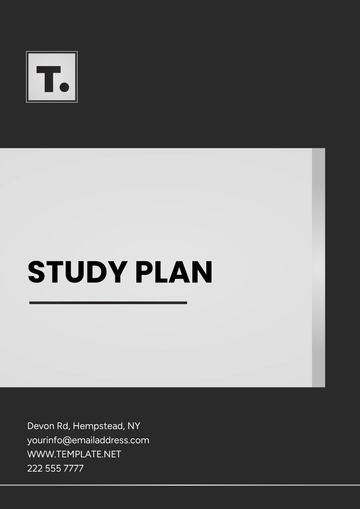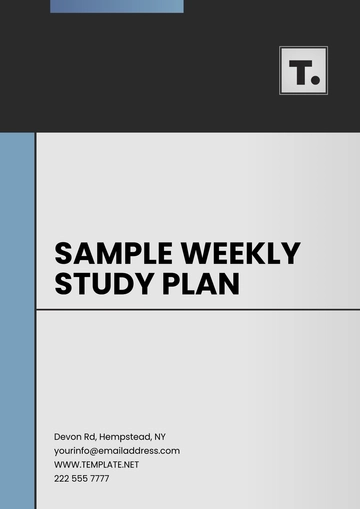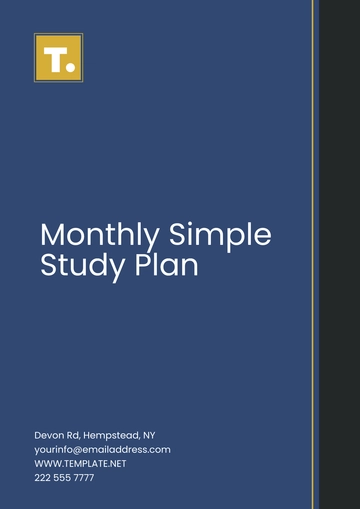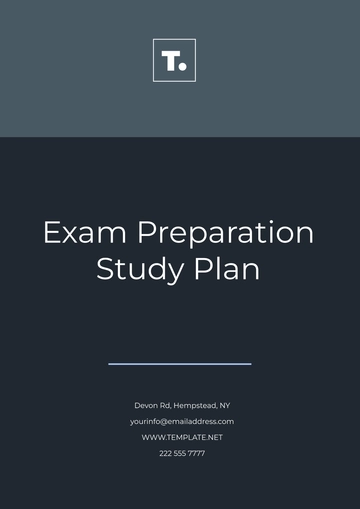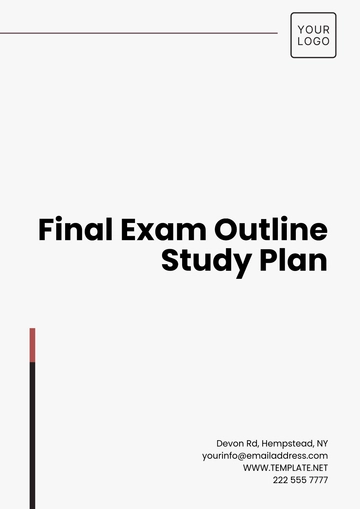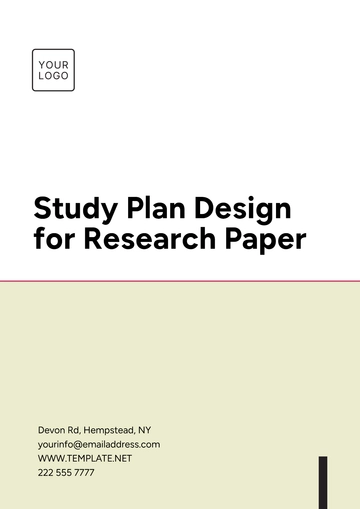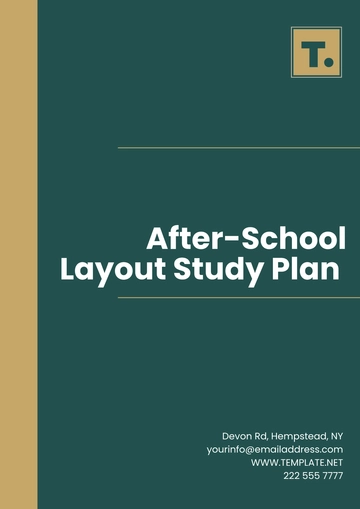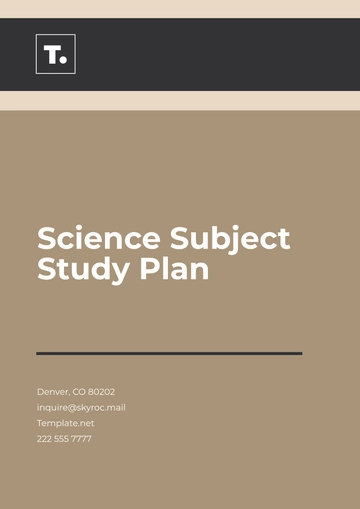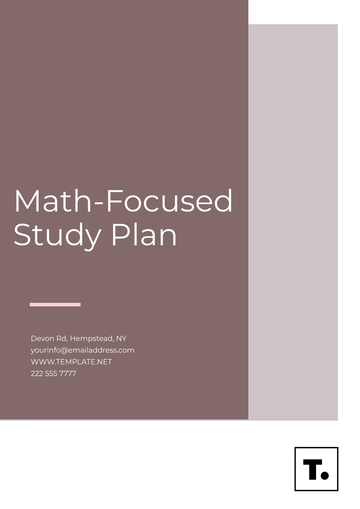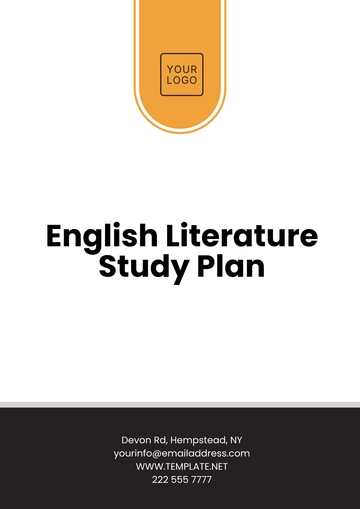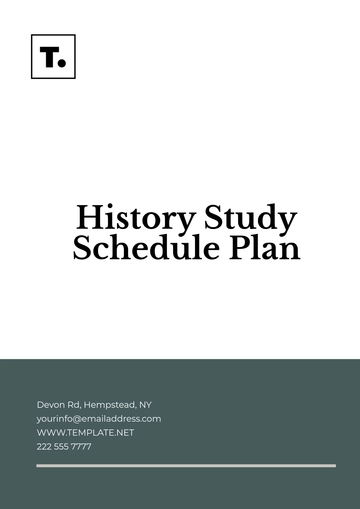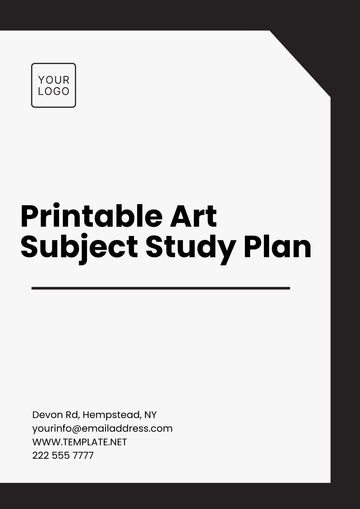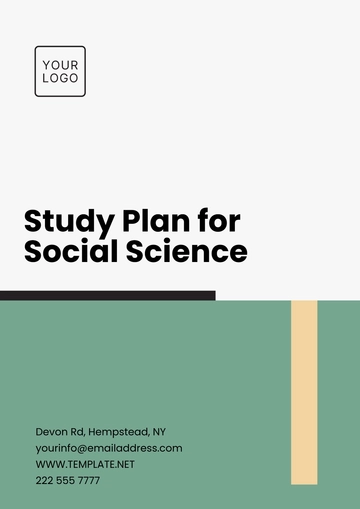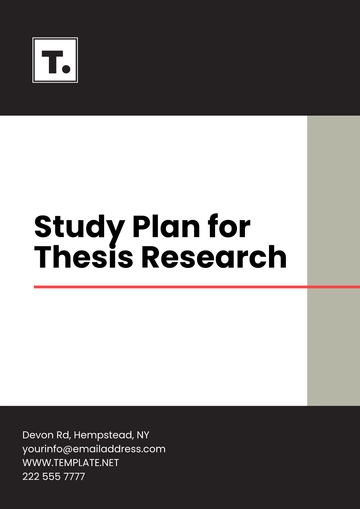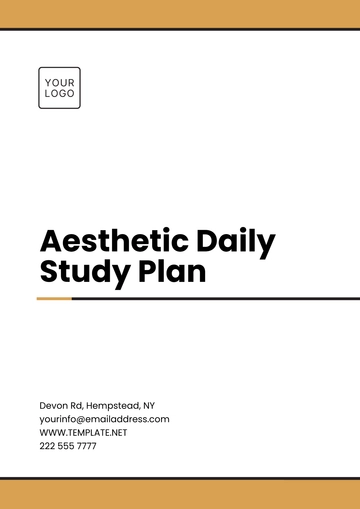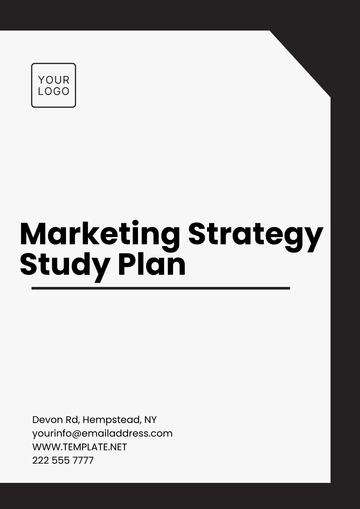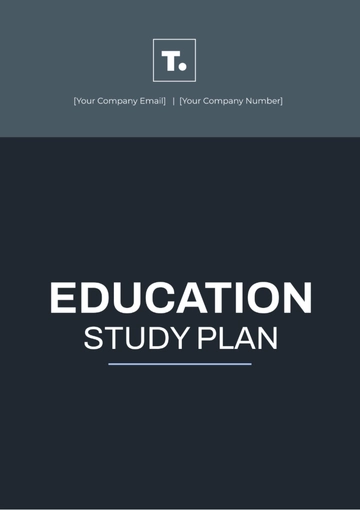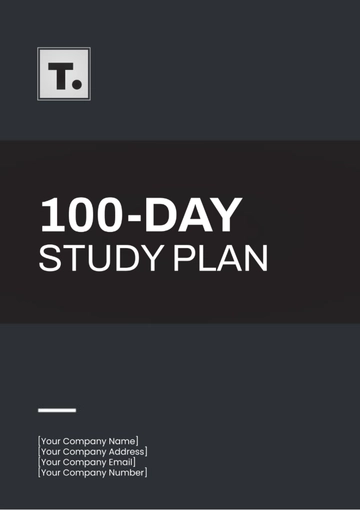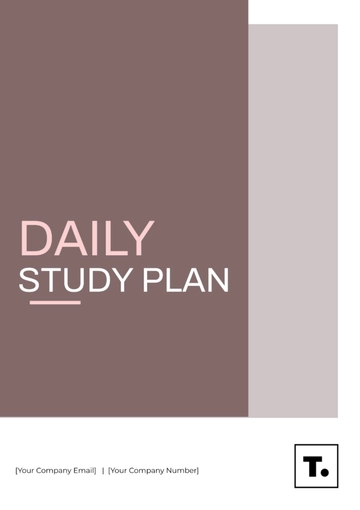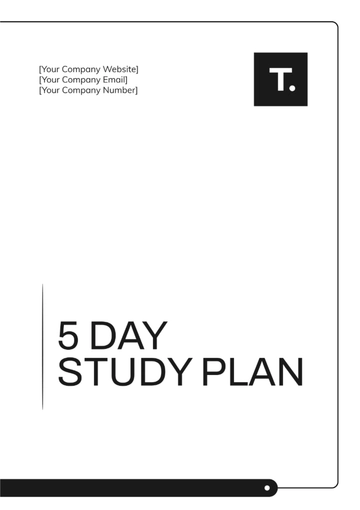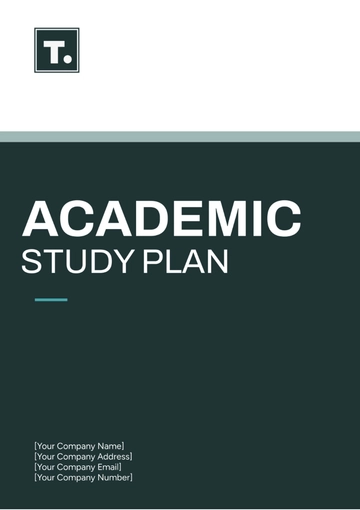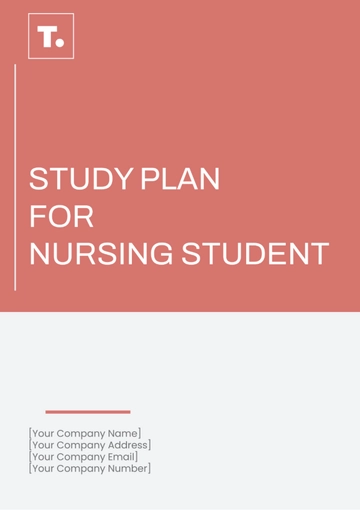Free UX Research Study Plan
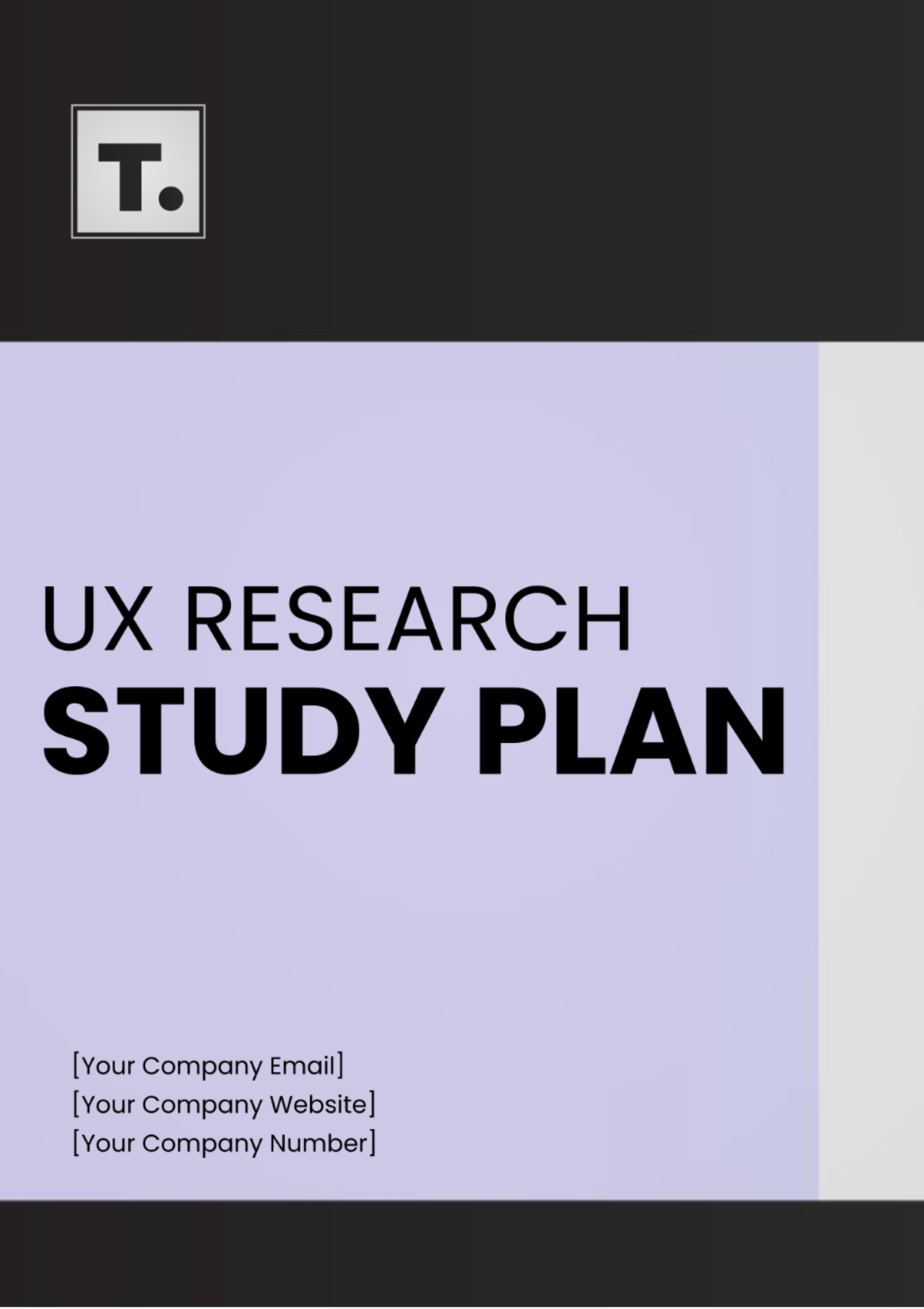
I. Introduction
A. Background:
As part of our ongoing efforts to enhance the user experience of our mobile banking app, we are conducting usability testing to identify areas for improvement. The mobile banking app plays a crucial role in facilitating convenient and efficient banking transactions for our customers. Therefore, it is essential to ensure that the app meets their needs and expectations.
B. Purpose:
The purpose of this usability testing is to gather insights from real users to enhance the app's usability and overall user satisfaction. By observing users interact with the app and collecting their feedback, we aim to identify pain points, usability issues, and opportunities for enhancement.
II. Research Objectives
A. Primary Objective:
Determine the usability of [YOUR COMPANY NAME]'s mobile banking app among its user base.
B. Secondary Objectives:
Identify pain points and friction areas in the user journey, such as account management, fund transfers, and bill payments.
Evaluate the effectiveness of new features or design changes introduced since the last usability assessment.
Gather feedback for iterative improvements to enhance the overall user experience and increase user engagement.
III. Methodology
A. Participants:
Demographics
Criteria | Description |
|---|---|
Age | Represents a diverse age range, including young adults to seniors. |
Income | Covers various income levels to ensure representation across socioeconomic backgrounds. |
Technological Proficiency | Participants should have a range of technological skills, from novice to advanced users. |
Usage Experience
Criteria | Description |
|---|---|
Current App Users | Must be current users of the [YOUR COMPANY NAME] mobile app. |
Frequency of Use | Includes both frequent and occasional users of the app. |
Platform | Users should access the app on different devices (e.g., smartphones, and tablets). |
B. Moderator:
An experienced moderator will facilitate the usability testing sessions, guiding participants through tasks and probing for insights.
C. Environment:
Due to geographical dispersion, sessions will be conducted remotely using video conferencing tools, allowing participants to engage from the comfort of their homes.
D. Tasks:
Participants will be asked to perform common banking tasks such as checking their account balance, transferring funds between accounts, paying bills, and exploring new features.
E. Metrics:
Data collection will involve a combination of qualitative observations, including task success rates, time on task, and participant feedback, as well as standardized usability metrics such as the System Usability Scale (SUS) and Net Promoter Score (NPS).
IV. Timeline
Task | Start Date | End Date |
|---|---|---|
Preparation | May 15, 2050 | - |
Recruitment | May 20, 2050 | June 5, 2050 |
Testing Sessions | June 10, 2050 | June 20, 2050 |
Data Analysis | June 25, 2050 | July 5, 2050 |
Reporting | July 10, 2050 | - |
V. Resources
Personnel Table
Role | Name |
|---|---|
Lead UX Researcher | [YOUR NAME] |
UX Designer | [DESIGNER'S NAME] |
Tools Table
Tool | Purpose |
|---|---|
Usability Testing Software | Conduct remote usability testing sessions |
Video Conferencing Tools | Facilitate remote testing sessions |
Note-taking Tools | Capture observations and insights |
Budget Breakdown Table
Expense | Amount |
|---|---|
Participant Incentives | $3,000 |
Software Licenses | $1,500 |
Other Expenses | $500 |
Total | $5,000 |
VI. Ethical Considerations
A. Informed Consent:
Prior to participation, participants will be provided with informed consent forms outlining the nature of the study, their rights, and how their data will be used.
B. Anonymity:
Participant identities will be anonymized in all reports and analyses to maintain confidentiality.
C. Data Security:
All user data collected during the study will be securely stored and processed in accordance with [YOUR COMPANY NAME]'s privacy policies and regulatory requirements.
VII. Reporting
A. Format:
The reporting phase is critical for synthesizing the findings from the usability testing sessions into actionable insights. It will include the following sections:
Executive Summary: A concise overview highlighting key findings, significant insights, and actionable recommendations. This section will provide a high-level understanding of the usability testing outcomes for busy executives and decision-makers.
Methodology: Detailed explanation of the research approach, including participant recruitment, session setup, tasks conducted, and metrics utilized. This section aims to provide transparency regarding the rigor and validity of the study methodology.
Key Findings: Presentation of the main observations and insights derived from the usability testing sessions. Findings will be categorized based on themes such as usability issues, user preferences, and feature recommendations.
Recommendations: Actionable suggestions for improving the mobile banking app's usability and user experience based on the identified findings. Recommendations will be prioritized to guide decision-making and resource allocation.
Future Considerations: Discussion on potential areas for further research or exploration, including emerging trends in user behavior, technology advancements, and competitive analysis. This section will help inform long-term product strategy and innovation initiatives
B. Distribution:
The comprehensive report will be distributed to relevant stakeholders within [YOUR COMPANY NAME], including:
Product Managers: To inform product roadmap decisions and prioritize feature enhancements based on user feedback.
Designers: To incorporate usability insights into the app's interface design and interaction patterns, ensuring a seamless user experience.
Developers: To address technical issues identified during usability testing and implement necessary improvements in the app's functionality.
Executives: To provide strategic guidance and support for allocating resources toward improving the app's usability and competitiveness in the market.
VIII. Conclusion
Usability testing is a critical step in ensuring that [YOUR COMPANY NAME]'s mobile banking app meets the evolving needs and expectations of its users. By implementing the findings and recommendations from this study, we aim to deliver an enhanced user experience that fosters customer satisfaction and loyalty. The insights gained from this usability testing will serve as a foundation for iterative improvements, further enhancing the app's usability, functionality, and overall user satisfaction.
- 100% Customizable, free editor
- Access 1 Million+ Templates, photo’s & graphics
- Download or share as a template
- Click and replace photos, graphics, text, backgrounds
- Resize, crop, AI write & more
- Access advanced editor
Enhance your UX research endeavors with Template.net's UX Research Study Plan Template. Tailored for efficiency, this customizable and editable template streamlines your planning process, saving you time and effort. Crafted with user experience in mind, it's equipped with an AI Editor Tool for seamless modifications. Elevate your research strategy with this comprehensive tool.
